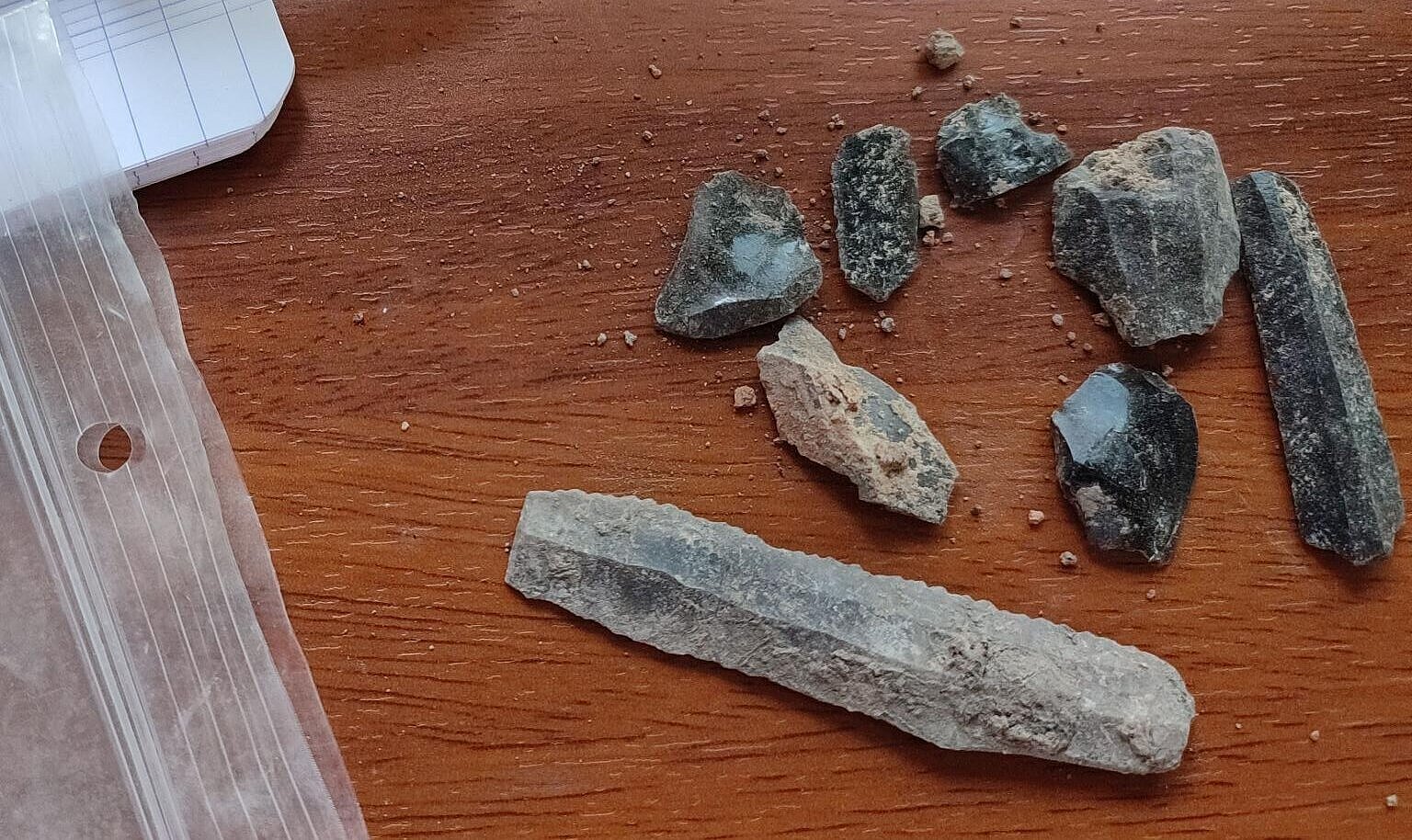Publishing in the international journal Antiquity, a team of archaeologists from seven countries led by Kiel University has presented the “Big Exchange” project, which uses AI to better understand the networks and interactions of prehistoric and early historic people.
“Archaeology, of course, does not find imprints of relationships in the ground. But we do find raw materials, such as flint, obsidian, jade, ivory, and even various metals, that have often traveled long distances from their sources to where they were found. They are like shadows of relationships between people. With their help, we can investigate networks in the past,” states Dr. Tim Kerig, project leader and archaeologist in the ROOTS Cluster of Excellence at Kiel University.
The analysis of early networks based on raw material finds and the associated raw material sources is nothing new. Archaeology has already been using this technology for about 50 years. “It has provided us with many valuable insights into the past. But because of the effort involved and the specialization of individual experts, for a long time the studies only dealt with one raw material at a time,” explains Dr. Johanna Hilpert, an archaeologist at the Institute for Prehistoric and Protohistoric Archaeology of Kiel University and a postdoc at Kiel’s Data Campus.
More than 6,000 sites with millions of finds recorded
Only recently has digitization enabled more complex analyses with multiple raw materials at the same time. “The approach of our project ‘Big Exchange’ is now to include all recordable raw materials, their find locations and places of origin in the analyses for the period from the Middle Stone Age to antiquity. This can only be done by means of network analysis and with AI,” says Dr. Hilpert.
So far, the project has already recorded more than 6,000 sites with millions of individual finds from Western Europe to Central Asia. The network analyses made possible by this data allow statements to be made about how the simultaneous distribution of various goods is related to the more or less restricted access of the respective people to raw materials. This also concerns fundamental questions about social inequality and various power relations.
At the same time, the project is a social experiment. “It is not just about feeding datasets into appropriate databases and having them analyzed automatically. We want to have archaeologists on board for every dataset,” Dr. Kerig says. Archaeological datasets vary widely, he says, and some are only available in analog form. “That is why it is important to involve colleagues who know the underlying excavations or surveys in the analysis. We do not just want to analyze prehistoric networks, but we also want to build scientific networks and link archaeology with data science.”
Call for collaboration
The authors have presented a first result of the project in Antiquity. The Linear Pottery culture is the first farming culture in Central Europe. For a long time, its northwestern characteristics were considered typical for its epoch. However, when considering recent excavations, the network analysis of “Big Exchange” shows that the product mix of the northwestern Linear Pottery is rather a very special case. “We will probably experience even more surprises like this when we systematically analyze the available data,” says Dr. Kerig.
The authors also see their article as a call to colleagues to participate in “Big Exchange” and contribute their own data sets. “The more participation, the better we can understand past relationship and network dynamics,” concludes Tim Kerig.
More information:
Tim Kerig et al, Interlinking research: the Big Exchange project, Antiquity (2023). DOI: 10.15184/aqy.2023.78
Citation:
Project uses AI and archaeological materials for network analyses from the Middle Stone Age to antiquity (2023, July 14)
retrieved 14 July 2023
from https://phys.org/news/2023-07-ai-archaeological-materials-network-analyses.html
This document is subject to copyright. Apart from any fair dealing for the purpose of private study or research, no
part may be reproduced without the written permission. The content is provided for information purposes only.
For all the latest Science News Click Here
For the latest news and updates, follow us on Google News.

